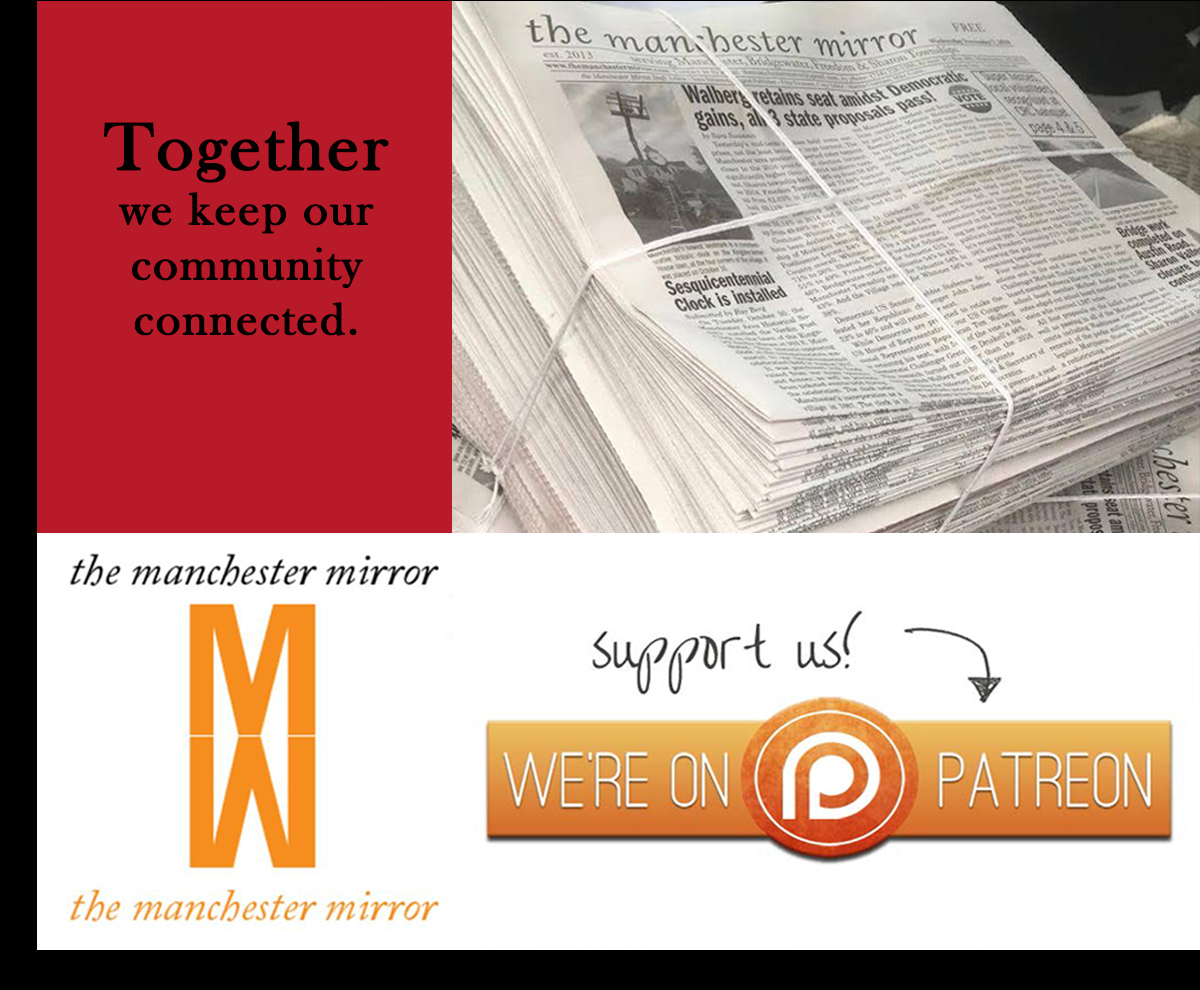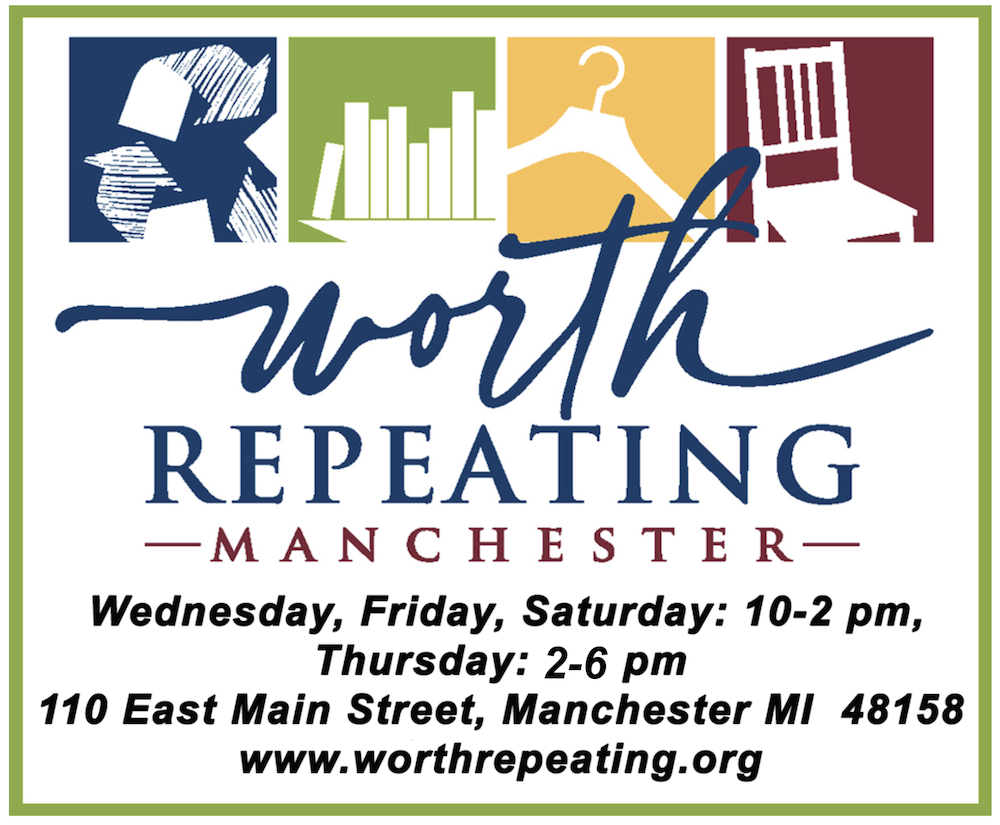The Shakespeare Club considers glass

Glass specimen from Franci van der Schalie’s collection. Photo courtesy of Joan Gaughan.
submitted by Joan Gaughan, Shakespeare Club
Right now, instead of looking through your window, look at it. As Franci van der Schalie shared with the Shakespeare Club at its meeting on March 11, the glass in our windows, windshields, drinking cups, cookware, telescopes — such as the Webb and Hubble as well as the Hale telescope at Mount Palomar — in fiber optic cables, and even medical instruments has a fascinating composition … and history.
Franci traced the history of glass from the discovery, about 4,500 years ago in the Fertile Crescent and Egypt, that when sand containing quartz was combined with soda ash and calcium carbonate and subjected to intense heat, the result was rather pretty. And useful. Not only could one see through it, but it could be molded into all kinds of different shapes. People also discovered that the color and quality of the glass depends on the degree to which these elements are heated and whether other elements such as copper or iron are added.
The variety of uses to which glass has been put and the consequent developments in its composition are immeasurable. The first eyeglasses were developed in Italy in the 1200s but bifocals did not come into use until 1784, and night vision glasses only came about in the 1960s. “Float glass” developed in the 1950s, does not shatter, and, thus, allowed for the shatterproof windshields in our cars. And when it was discovered that the addition of boric acid makes glass more heat- and cold-resistant, Pyrex cookware could be developed, and the railroad signal lights, which had shattered in extreme temperatures, could be made to withstand temperature changes.
But besides its practical uses, we also value glass for its beauty, as one can see in the specimen shown here from Franci’s personal collection. She also mentioned the stained glass windows of medieval cathedrals, the Murano glass from Venice, and the famous Bohemian glass developed in the 1500s.










You must be logged in to post a comment Login